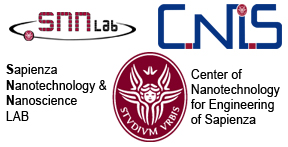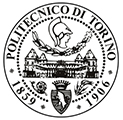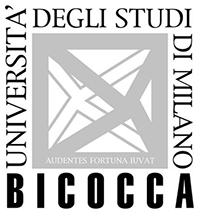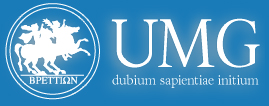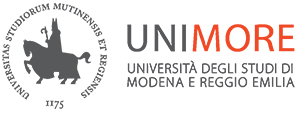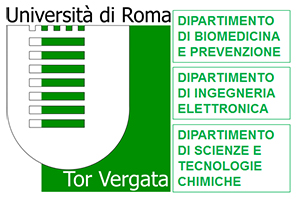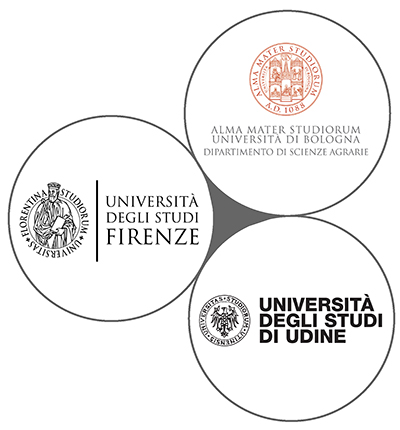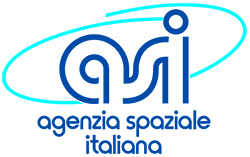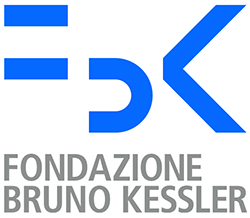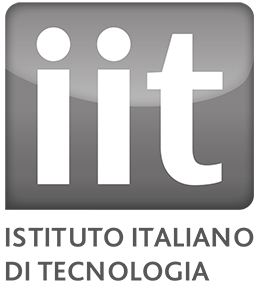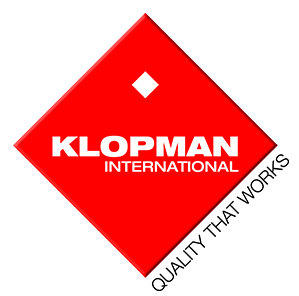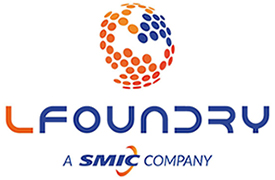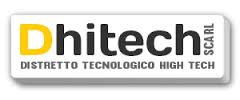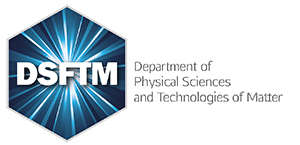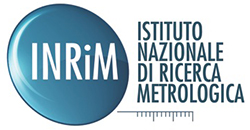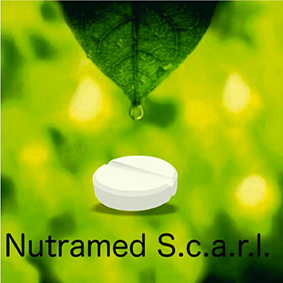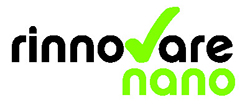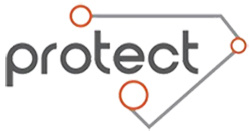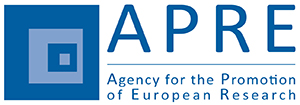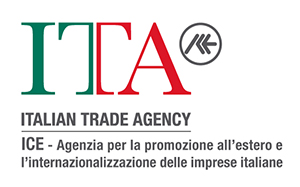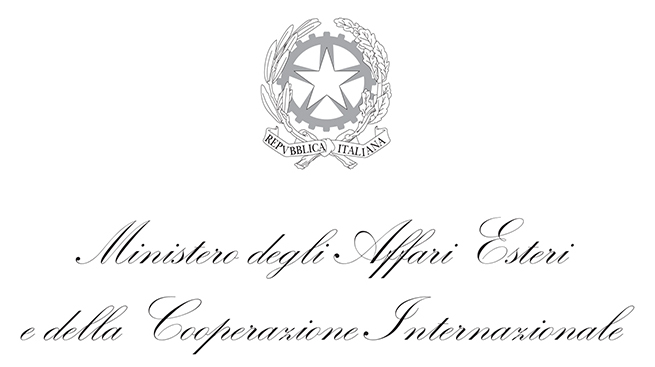Latest Advances in Multi-modal Microscopy
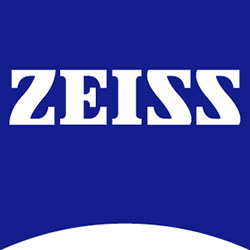 |
Latest Advances in Multi-modal Microscopy |
||||
|
Zeiss, as microscopy technology leader, provides the unique complete imaging solution ranging from light, confocal, electron, ion and Xray modalities with a complete and straightforward correlative workflow. In these workshops ZEISS will present an overview of different technologies, with a special focus on the 3D Imaging techniques ranging from Light Microscopy to Electron Microscopy, Ion Beam and X-Ray. We will show through various applications from the fields of Biology and Materials how the different microscopy complements each other, adding further information to gain a deeper understanding of the scientific application |
|||||
27 September |
|||||
Multi-scale challenges in Material Science and Nanotechnology How to bridge X-Ray, Light, Electron and other sources of information |
|||||
| 09:00 - 10:30 Keynote Session on Advanced Characterization Techniques WS.I.A - HT.I.B |
|||||
| Chair: Giulio LAMEDICA, Carl Zeiss Italia | |||||
| WS.I.A.1 HT.I.B.1 |
Marco CANTONI EPFL, ENT-R-CIME, Lausanne, Switzerland Focused Ion Beam Nano-Tomography and 3D EDX: What can you expect and where are the limits |
||||
| WS.I.A.2 HT.I.B.2 |
Pasqualantonio PINGUE NEST Scuola Normale Superiore, Pisa Lithography and characterization of nanostructures by scanning electron microscopy based techniques |
||||
| 10:30 - 11:00 Coffee Break | |||||
| 11:00 - 12:30 Microscopy methods for Material Science WS.I.B - TT.I.A |
|||||
| Chair: Marco CANTONI, EPFL | |||||
| WS.I.B.1 TT.I.A.1 |
Giulio LAMEDICA Carl Zeiss Italia Welcome and Introduction |
||||
| WS.I.B.2 TT.I.A.2 |
Lars-Oliver KAUTSCHOR Carl Zeiss Microscopy GmbH X-Ray Microscopy - 3D and 4D Imaging for Materials Science |
||||
| WS.I.B.3 TT.I.A.3 |
Andrea CAVALLO CERTEMA, Grosseto Nanostructuration of fault rocks during an earthquake: a micro - analytical FESEM based platform to disclose chemical composition and structural attributes |
||||
| WS.I.B.4 TT.I.A.4 |
Alessandro DI NICOLA Carl Zeiss Italia Optical Microscopy for Geoscience |
||||
| 12:30 - 14:00 Light Lunch | |||||
| 14:00 - 15:30 Microscopy methods for Nanotechnology and Nanofabrication WS.I.C - TT.II.A |
|||||
| Chair: Luca ORTOLANI, CNR IMM | |||||
| WS.I.C.1 TT.II.A.1 |
Lars-Oliver KAUTSCHOR Carl Zeiss Microscopy GmbH Extending the Frontiers of Nanotechnology - ORION NanoFab – Technique and Applications |
||||
| WS.I.C.2 TT.II.A.2 |
Massimo CUSCUNA' CNR NANOTEC, Lecce Nanostructures for Photonics |
||||
| WS.I.C.3 TT.II.A.3 |
Matthias VAUPEL Carl Zeiss Microscopy GmbH Comparing Confocal and Interference Contrast Microscopy in Topography, Roughness, and Film Thickness Measurement |
||||
| 15:30 - 16:00 Coffee Break |
|||||
| 16:00 - 17:30 Free Practical Session: 3D Microscopy in Virtual Reality and Optical Microscopy WS.I.D |
|||||
|
3D Virtual Reality station: Light Microscopy station: |
|||||
28 September |
|||||
|
|
|||||
| 11:00 - 12:30 3D Correlative Microscopy in Life Science - part I WS.I.E - TT.IV.C |
|||||
| Chair: Francesco BIANCARDI, Carl Zeiss Italia | |||||
| WS.I.D.1 TT.IV.C.1 |
Giulio LAMEDICA
Carl Zeiss Italia
Welcome and Introduction
|
||||
| WS.I.D.2 TT.IV.C.2 |
Lars Oliver KAUTSCHOR
Carl Zeiss Microscopy GmbH
Applications for 3D characterization in the life sciences - Illumination correlative research using light, X-ray, and electron microscopy |
||||
| WS.I.D.3 TT.IV.C.3 |
Giulia BOLASCO EMBL Rome Microglia-neurons interactions: a new nanoscale perspective
|
||||
| WS.I.D.4 TT.IV.C.4 |
Alessandro COMETTA
Carl Zeiss Italia
LSM Airyscan and Superresolution |
||||
| 12:30 - 14:00 Light Lunch | |||||
| 14:00 - 15:30 3D Correlative Microscopy in Life Science - part II WS.I.E - TT.V.C |
|||||
| Chair: Giulia BOLASCO, EMBL Rome | |||||
| WS.I.E.1 TT.V.C.1 |
Francesco BIANCARDI Carl Zeiss Italia Correlative Workflows in Life Science |
||||
| WS.I.E.2 TT.V.C.2 |
Roman POLISHCHUK TIGEM, Pozzuoli CLEM: bridging the light and electron microscopy |
||||
| WS.I.E.3 TT.V.C.3 |
Francesco MURA CNIS, Sapienza University of Rome Multiscale microscopy supporting the microbiological investigations on Bdellovibrio bacteriovorus |
||||
| 15:30 - 16:00 Coffee Break | |||||
| 16:00 - 17:30 Free Practical Session: 3D Microscopy in Virtual Reality and Optical Microscopy WS.I.F |
|||||
|
3D Virtual Reality station: Light Microscopy station: |
|||||



